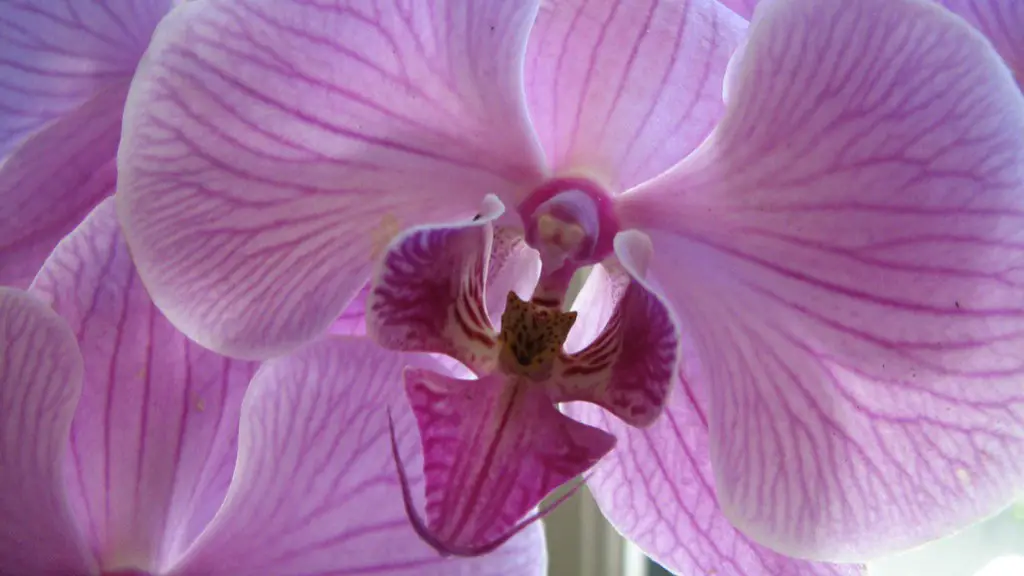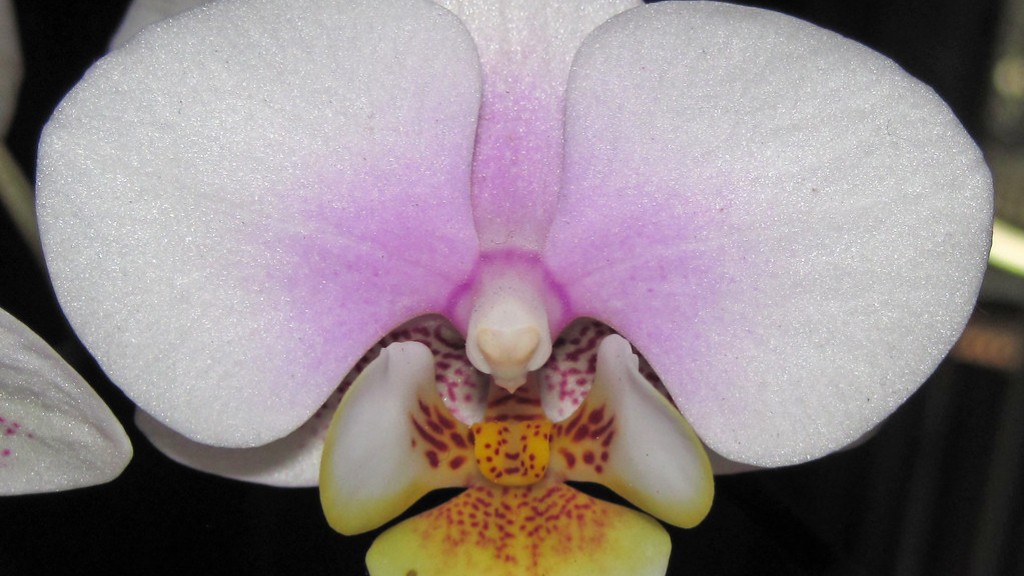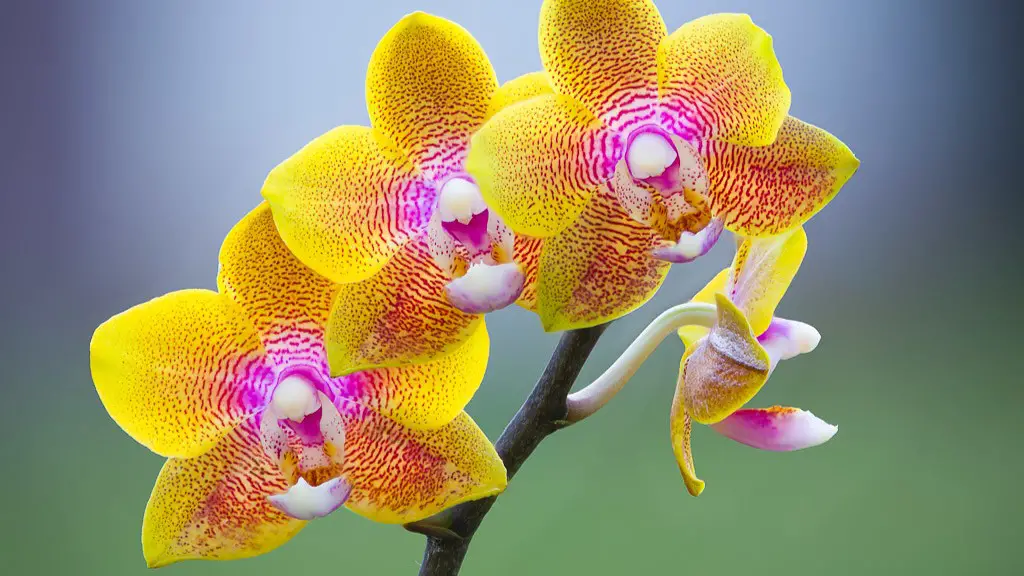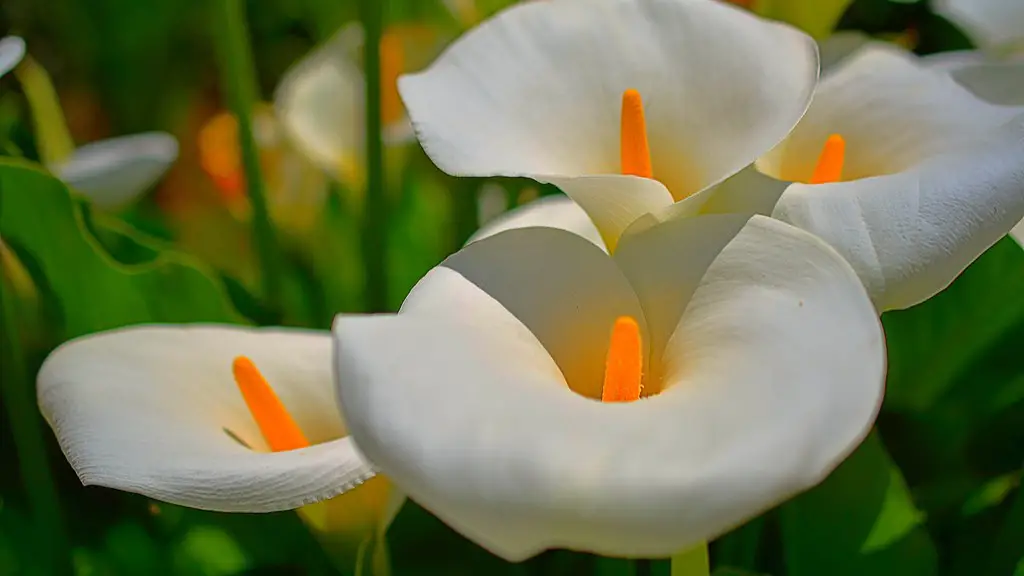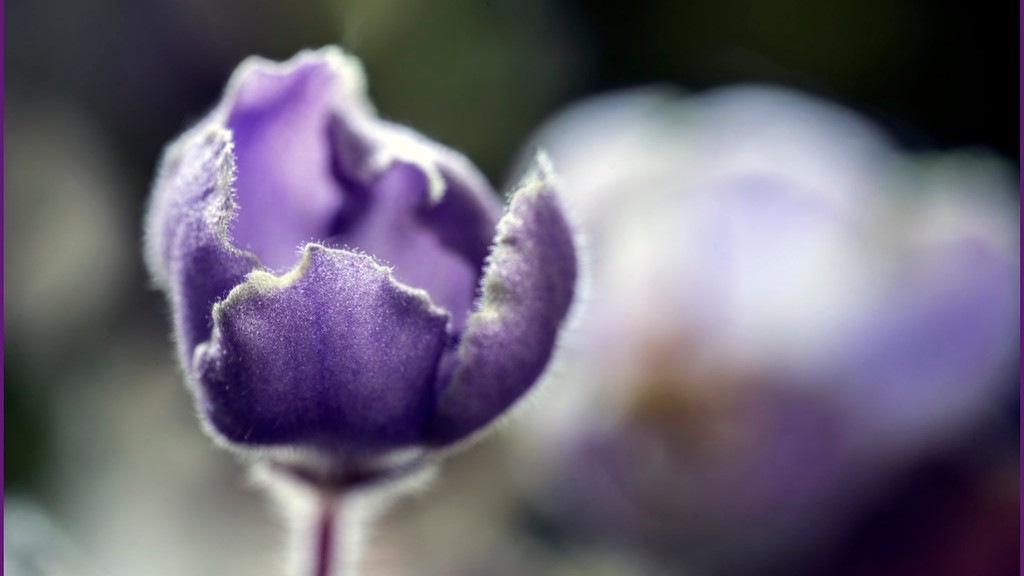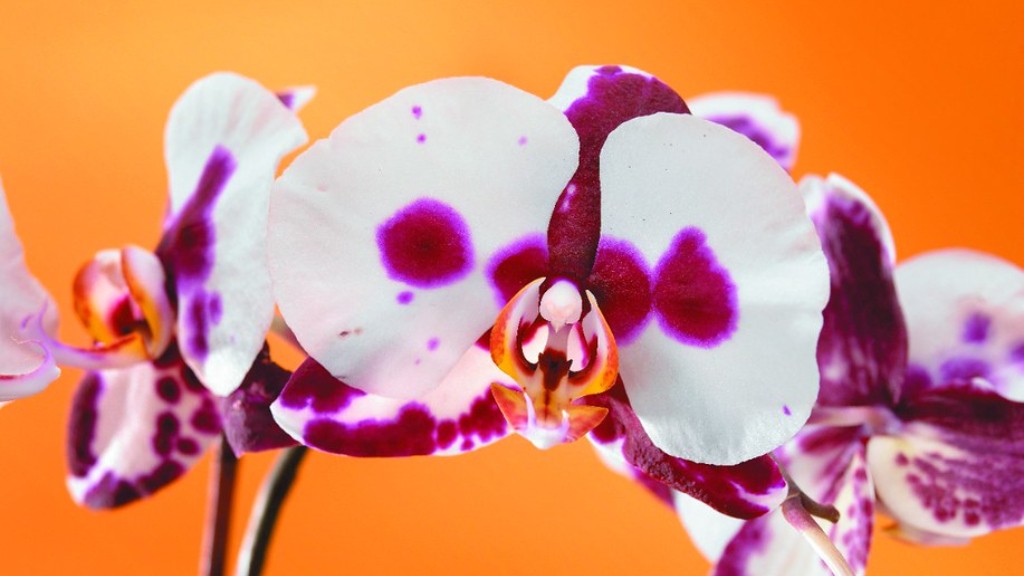While phalaenopsis orchids are known to be tough and low-maintenance, they still require the right fertilizer to stay healthy and bloom. In this article, we’ll cover what type of fertilizer is best for phalaenopsis orchids, how often to fertilize, and the signs that your orchid needs more (or less) fertilizer. With the right care, your phalaenopsis orchid will thrive and give you beautiful blooms for years to come.
Depending on the fertilizer, the recommended dosage, and the size of the pot, you will need different amounts of fertilizer for your orchid.
When should you fertilize phalaenopsis orchids?
Here are some tips on fertilizing your Phalaenopsis orchid:
-Experts recommend fertilizing Phalaenopsis orchids once every other week or at least once a month only after its blooms have dropped.
-Fertilize your orchid with a weak solution of a balanced plant fertilizer.
-Be sure to follow the manufacturer’s instructions on how to mix the fertilizer solution.
-Apply the fertilizer solution to the roots of the plant, being careful not to get any on the leaves.
-Allow the plant to drain before putting it back in its pot.
Following these tips should help you successfully fertilize your Phalaenopsis orchid and keep it healthy and blooming.
It is important to choose a fertilizer that is well-balanced and contains all of the necessary trace elements in order to ensure healthy plant growth. Urea is a common component of fertilizers, but it can actually be harmful to plants in high concentrations. Therefore, it is best to avoid fertilizers that contain high levels of urea.
How do you keep Phalaenopsis orchids blooming
Orchids of the Phalaenopsis variety are unique in that they require less direct sunlight than other types of Orchids. They thrive near any window with filtered sunlight and should be watered every 7-10 days. Phalaenopsis Orchids should be fertilized monthly and placed in typical household temperatures with increased humidity. Faded flower stalks should be trimmed.
Orchids are a beautiful and popular type of flower, but they can be tricky to care for. One important part of their care is fertilizing them.
For best results, fertilize your orchids every two weeks while they are blooming, and every four weeks during their rest periods. Use a water soluble orchid food, and follow the label directions for application.
When should you not fertilize orchids?
During the wet season, orchids grow vigorously and put out new growth. This is the time to fertilize them. During the dry season, the orchids do not grow new roots or leaves, and they do not need to be fertilized.
If you want your orchid to bloom again, follow these simple steps. Continue to water your orchid with 3 ice cubes once a week. Fertilize your orchid once or twice a month using a balanced houseplant fertilizer at half strength. Help your orchids grow by providing plenty of indirect sunlight. Put your orchid in a cooler spot at night.
What does Epsom salt do for orchids?
If you’re looking to add a little something extra to your gardening routine, consider using Epsom salt. According to the Epsom Salt Council, the white crystalline substance can help make plants grow bushier, produce more flowers, increase chlorophyll production, and deter pests (including slugs). Commercial orchid growers have been supplementing their feeding regimes with Epsom salt for over a century and report noticeable improvement in the bud count.
Coffee grounds are an excellent fertilizer, especially for orchids and African violets. Be sure to dampen the mix before fertilizing, as dry grounds can burn the roots.
What is a natural fertilizer for orchids to bloom
There are a variety of homemade orchid fertilizers that you can use to give your plants the nutrients they need. Some of the most popular options include milk, tea, eggshells, crushed dried chicken bones, molasses, and potatoes. Water that rice has been boiled in is also a good option.
Most phalaenopsis species are native to areas close to the Equator and do not need a specific photoperiod to induce flowering. Instead, it is the low temperature that triggers phalaenopsis to start the flowering process.
Should I mist my Phalaenopsis orchid?
Orchids thrive in humid conditions because they are tropical plants. The easiest way to recreate their humid home is by misting them with a spray bottle.
Phalaenopsis orchids are one of the most popular houseplants because they are relatively easy to care for and can bloom for several months. They are native to tropical regions and prefer warm, humid conditions.
Can you use coffee grounds to fertilize orchids
Adding coffee grounds to your orchid fertilizer can give it a boost of nutrients that can help it to grow more vigorously. To make coffee ground tea, mix one part ground coffee with three parts soft water, and use it once a month during the growing phase.
Orchids are a type of plant that need a specific type of fertilizer in order to grow correctly. Using a regular Miracle-Gro fertilizer on orchids will likely yield little to no results, as the package likely does not have instructions specifically for orchids. In order to get the best results, it is recommended that you purchase a fertilizer that is designed specifically for orchids.
Are crushed eggshells good for orchids?
Eggshells are a great source of calcium and potassium, both of which are essential nutrients for healthy plant growth. Crushing eggshells and adding them to your plants’ soil can give them a real boost!
If you notice that your orchid’s roots are pushing the plant up above the rim of the pot or reaching out into the air, it’s time to re-pot. Orchids prefer a small pot, weaving their roots through the compost as they grow. However, they will eventually run out of room. When this happens, their roots need more space to breathe, so re-potting is necessary.
Do you water an orchid after the flowers fall off
Orchids need to be watered regularly, even after they have stopped blooming. Continue to water your orchid with three ice cubes (one ice cube for orchids minis) on the usual day each week.
Orchids are typically fertilized once a week during the summer and every two weeks in the fall and winter. However, they can grow and flower without fertilizer for fairly long periods, given that their other requirements are met. With some level of feeding, though, you will likely see better results.
Conclusion
Phalaenopsis orchids need a weak fertilizer solution that is high in phosphorus. A common fertilizer ratio for orchids is 3-1-1 or 2-1-1. This means that the fertilizer has 3 parts nitrogen, 1 part phosphorus, and 1 part potassium.
There isn’t a single answer to this question as different orchids will have different fertilizer requirements. However, as a general rule of thumb, you should look for a fertilizer that is high in nitrogen and low in phosphorus.
